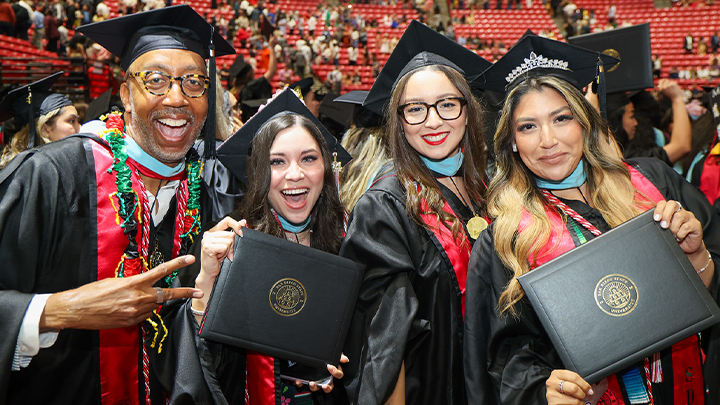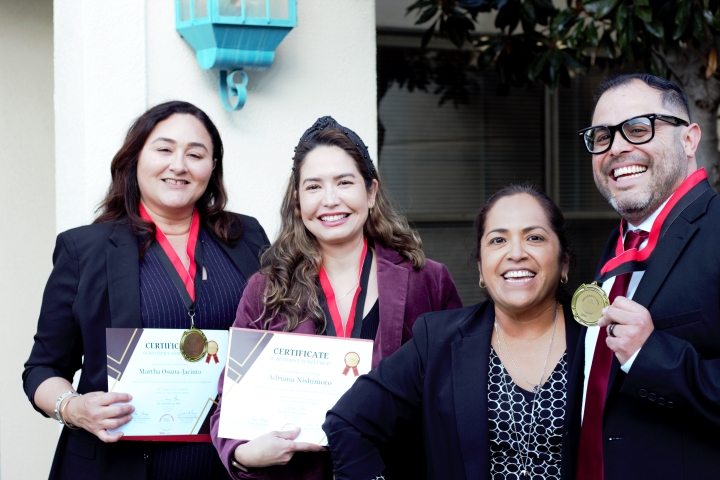JMS Partners with Pulitzer Center to Launch Webinar Series
The four-part series focuses on stories related to migration and immigration.

The San Diego State University School of Journalism and Media Studies (JMS) has partnered with the Pulitzer Center to launch a webinar series examining migration and immigration to the United States.
With a theme especially relevant to San Diego as a major border crossing, the series aims to explore the many motivations and different routes people take to reach the U.S., exploring these issues in a depth sometimes missing from conventional journalistic narratives.
The second entry in the series, to be held via Zoom at 11 a.m. Tuesday, Nov. 17, features journalists Nadja Drost and Bruno Federico to discuss “The Extra-Continentals,” their project documenting the journey of extra-continental migrants from places as far and disparate as Cameroon, Iran, and Bangladesh. Registration is now open.
Their journey to reach the United States via South and Central America brings them through one of the most hostile and isolated tracts of land on the globe: a thick jungle known as the Darien Gap that links Colombia to Panama.
The mission of the Pulitzer Center is to raise awareness of underreported global issues through direct support for quality journalism across all media platforms. Pulitzer Center grantees typically feature international news stories published by news outlets around the world. Co-sponsoring this series with the Pulitzer Center through grant funding has allowed some of their expert journalists to participate in these important conversations.
“I think it’s really fantastic that we’re partnering with this well-established organization to create these webinars because it represents, as a school, who we want to be working with and what we want to be known for,” said JMS director Temple Northup. “Using one theme, in this case migration and immigration, and getting to hear different stories about the process is a great opportunity for our students to learn about these innovative projects as they become future storytellers.”
In the first webinar, held Oct. 6, journalists Lydia Chavez and Sindya Bhanoo presented their project, “How Do We Survive,” which covered stories of undocumented Americans and Latinx immigrants living below the poverty line as they tried to navigate the impacts of the COVID-19 pandemic. Chavez and Bhanoo specifically focused on individuals living in San Francisco’s Mission District, an area that has been predominantly defined by the wave of immigration in the late 1970s and ’80s from the Central American wars.
“This neighborhood is very important in terms of resources because of the immigrant population…it is a population that has no safety net,” said Chavez. “All of a sudden, stores are closing, people’s source of income vanishes and people have no savings, so we knew it would be big and we knew it would be a crazy story.”
For this project, Chavez and Bhanoo followed different individuals over time, often experimenting with innovative forms of storytelling to connect the audience emotionally to those they were documenting. Some stories were told using graphic short stories rather than traditional images or video, as Chavez and Bhanoo felt the illustrations could both protect the identity of their subjects while emphasizing their emotional power to the reader.
The webinar series aligns with SDSU’s new five-year strategic plan, “We Rise We Defy: Transcending Borders, Transforming Lives,” which calls for SDSU, as a community-engaged, border-connected Hispanic-Serving Institution, to develop globally conscious citizens.
More webinars for this series will be held during the spring, with the dates and topics to be announced in January.


